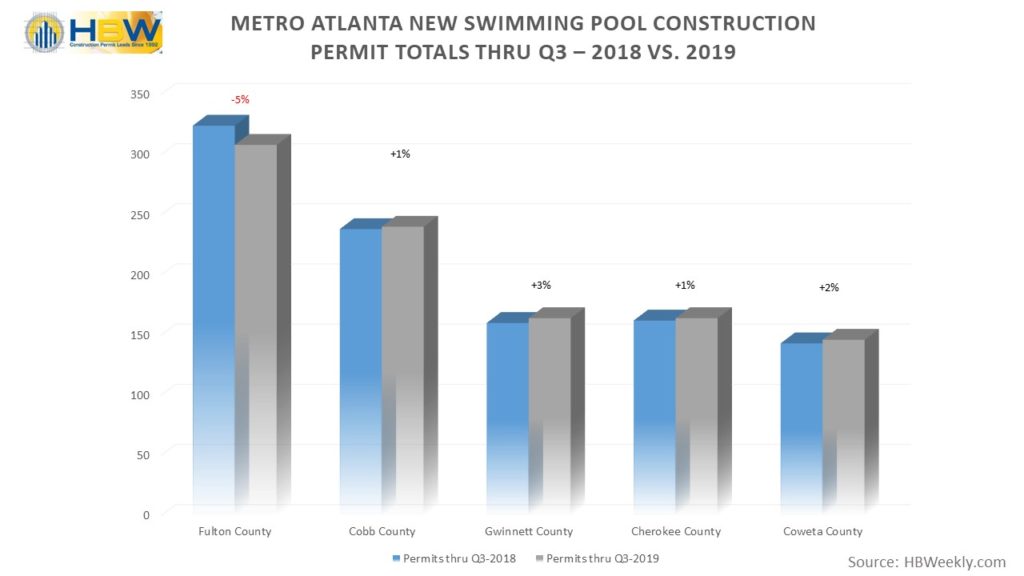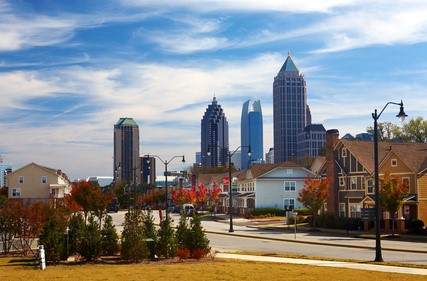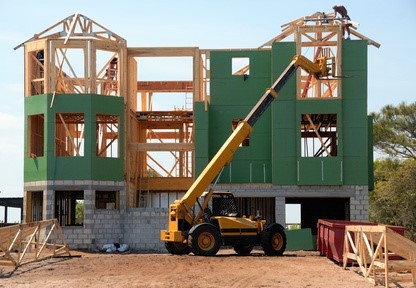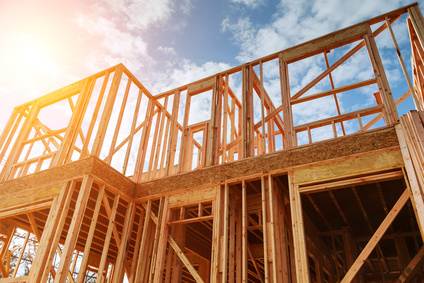An overview of the latest building activity trend report for new residential construction in Texas from January through September of 2019

Based on HBW’s latest “Building Activity Trend Report” for new residential construction, the Lone Star State has experienced a bit of a dip in new home construction in comparison to the same time last year. From the start of this year through September 2019, there have been just over 56,900 housing starts in the combined metro areas of Dallas, Houston, San Antonio and Austin, reflecting a 5 percent year-over-year decrease in new residential construction. All metro areas reviewed, with the exception of Austin, have demonstrated a decline in residential permits ranging from 1 percent (Houston) to 13 percent (Dallas). The metro area with the highest concentration of new permits on file with HBW is Houston; having nearly 24,250 housing starts through Q3-2019, Houston holds more than 40 percent of all new residential construction permits on record for Texas, and the area is holding somewhat steady with last year’s figures.
Here is a closer look at each metro area and new home construction permit data through the third quarter of this year:
Houston
As previously mentioned, Houston ranked #1 for total new residential construction permits through Q3-2019. Holding more than 40 percent of all new permits on record for the nine-month period, there were approximately 24,250 housing starts in Houston, reflecting a steady market with just a 1 percent year-over-year decrease in new home construction so far this year. The County of Harris held more than half of all new construction activity (~12,850 permits) and has experienced a year-over-year increase in housing starts of 1.5 percent. Additionally, new home construction appears to be picking up in Galveston County, where there has already been an 18 percent year-over-year increase in new permits.
Dallas
Another Texas metro area that carries a large share of new residential construction activity is Dallas. While the Dallas area has experienced a 13 percent year-over-year decrease in new home construction so far this year, it ranks #2 for total housing starts (17,933 permits) on record for Texas. While most Dallas-area counties have experienced a lull in new permits, Ellis County is ahead of last year’s figures by more than 6 percent, resulting in just over 1,400 new residential construction permits. Two counties that hold more than half of all new construction activity for the area are Tarrant County (5,602 permits) and Collin County (4,184 permits).
Austin
Through the third quarter of this year, there have been approximately 9,460 housing starts in the Austin area, reflecting a 6 percent year-over-year increase in new home construction. The majority of new permits originated from Travis County (6,175 permits), where there has been more than a 14 percent year-over-year increase in new residential construction permits so far this year. The bulk of the remaining housing starts took place in Williamson County (2,616 permits) which has been holding somewhat steady with construction patterns from last year.
San Antonio
New home construction in San Antonio appears to be slowing which reflects a shift in the growth pattern HBW has documented over the last few years. Since 2015, new home construction has been on the rise in San Antonio and surrounding areas, with annual increases ranging from 4 percent to 9 percent. So far this year, there have been 5,266 housing starts in the area which is indicative of an 8 percent year-over-year decrease in new home construction. The bulk of new permits originated from Bexar County (3,490 permits) where there has been an annual uptick of nearly 15 percent in new residential construction. The overall decline in San Antonio’s residential construction permits is mainly due to the major year-over-year decreases experienced in the counties of Comal (1,225 permits, -32%) and Guadalupe (551 permits, -36%).
To gain more information on the builders, homeowners and permits for the construction activity above, check out HBW for your copy of the latest construction data reports. To gain access to the HBW database and receive custom and detailed reports on the latest residential and commercial building activity in Florida, Georgia, Texas, Alabama, and Oklahoma, please contact HBW for details.









